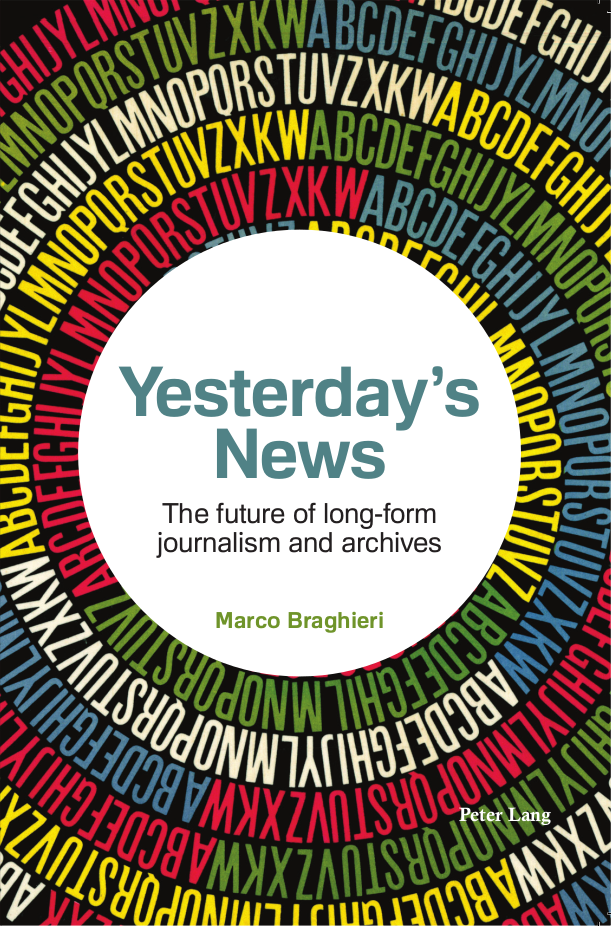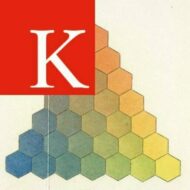A new book by Marco Braghieri entitled ‘Yesterday’s News – The future of long-form journalism and archives’ has been published by Peter Lang.
The book focuses on two entities (long-form journalism and archives) which sit at the intersection between journalistic production and the digital. While framed within digital humanities, this book deploys a number of methods, including text analysis as part of critical discourse analysis, case-study, digital methods, data profiling and data cleaning and semi-structured interviews in order to develop a new framing for long-form journalism and archives within the digital. The latter is the starting point of the book, which is defined as ‘digital landscape’, comprising three main entities (individuals, crowds and platforms). Their interactions have defined and influenced not only the media industry, but also have created new, possible connections between long-form journalism and archives, which are both relevant over time, digitised but not yet datafied entities and share possible new forms of aggregation and curation.

The original image used for the cover is the original cover by the Italian graphic designer Giovanni Pintori, who designed the cover of ‘Musica per Parole’, a promotional record sold with the Olivetti Lettera 22 typewriter in 1959.
The original image is courtesy of Archivio Storico Olivetti.
The book starts with a definition of the ‘digital landscape’ as “sets of interacting ecosystems”, based on two main features, such as “its nature as constant flux and a disruption enhancer”. Moving on to assess the relationship between this framework and media production, the book provides a definition of long-form journalism and two case studies. It then focuses on digital news outlets archives and their evolution over time. A final case study is then used to assess the possible new forms of aggregation and curation which could be connected to the datafication process regarding both long-form journalism and archives.
While this book tries to establish a framework for the digital and its relationship with contemporary media production, it also attempts to connect digital journalism and platform studies, in order to provide a framing for a multi-method analysis approach to media production in the digital age.
Further information on the book can be found here.
